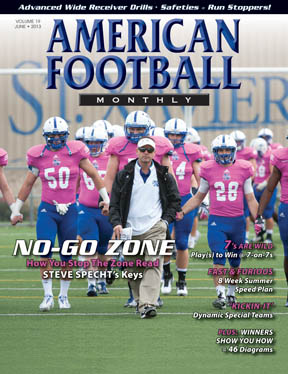Article CategoriesAFM Magazine
|
Managing Your Program – Developing Senior Leadershipby: Keith GrabowskiOffensive Coordinator Baldwin-Wallace College © More from this issue We train our teams hard all off-season. We work hard in the summer to teach them what they need to do on the field to win. Then, ultimately, the test begins under the lights, and we are no longer next to them leading them through what they need to do. On game day, it’s up to them to get it done and leadership has to happen on the field. Leadership also has to be strong in order to keep the team focused off the field, and much of that is also out of the coach’s control. It’s at these times that strong leadership from the players will make the difference between a winning season and a disappointing one. We’ve all experienced those situations where a team has excelled because of strong player leadership. Most of us have also probably experienced some of those disappointments when the leadership wasn’t strong enough to keep the t....The full article can only be seen by subscribers.
|
|
|||||||
| HOME |
MAGAZINE |
SUBSCRIBE | ONLINE COLUMNISTS | COACHING VIDEOS |
Copyright 2026, AmericanFootballMonthly.com
All Rights Reserved





